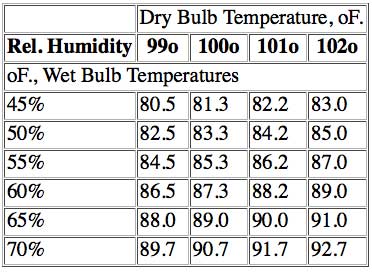
Then when you compare weights every 3 days you can tell if you are over or under hydrating them and adjust as required.įor chickens humidity is usually between 40-50% for the first 18 days, then it is increased to 60-70%. Draw a straight line from the current weight to 13% less. Place this on a graph with grams up the left axis and 21 days along the bottom axis. To do this, before setting the eggs weigh them all and work out the average. The best way to check if your humidity levels are correct is to chart your eggs weights every 3 days and check that they are losing weight steadily. Eggs need to lose about 13-16% of their weight in water loss over the course of the incubation. The average humidity over the incubation period is what matters.

Short term variations in humidity are not an issue. Temperatures that go above the recommended ranges can kill or harm the developing chick and should be avoided. This replicates the time the mother hen hops off the nest and goes to eat/drink. Recommended temperature for chicken eggs are 37.4-37.6C (99.3-99.6F) for 21 daysĭeveloping embryos are pretty tolerant of short term temperature drops, in fact research has shown that allowing egg cooling for up to 2 hours each day can increase your hatch rates. Stable and correct temperature is essential to egg hatching success. Incubator temperature and humidity for chicken eggs While your eggs are resting in a cool place (we use the laundry), you should set up the incubator and get it running and up to temperature for at least 24 hours before setting the eggs. RELATED POST: Chicken or incubator? Which is best? Preparing to IncubateĮggs should always be stored and incubated pointy side down, this has a better hatch out rate than the other way up, or lying flat. If you have to wash eggs the water needs to be significantly warmer than the egg, this helps prevent the solution getting in through the egg pores. If the eggs are not soiled, then avoid washing them if you can as washing eggs removes the natural bloom/cuticle which leaves it at risk of bacterial infection. Only wash soiled eggs using a branded egg wash solution following the manufacturers instructions. This allows you time to collect a number of eggs to set all at once and ensures all the chicks hatch within a day or two of each other rather than spread out over a long period.ĭiscard cracked, mis-shaped and heavily soiled eggs.

If you are getting the eggs in the mail, or they are traveling in the car, you should leave your eggs to ‘settle’ by leaving them in their egg carton for 24 hours before setting them to incubate.Įggs for incubating can be stored with the pointed end down in an egg carton at 10-15C (50-60F) for up to 10 days before incubating them without affecting hatch rate. This is often how you can find fertile eggs of specific breeds that you might want to raise.

Looking in Facebook farming groups, or online sales sites (like Trademe or CraigsList) for fertile eggs to buy is another option.
#CHICKEN INCUBATOR TEMPERATURE AND HUMIDITY IN CELSIUS FREE#
Otherwise asking friends, family and neighbours is another good option for getting free or cheap fertile eggs. If you have a rooster running with hens, you probably have fertile eggs of your own that you can use. There are several options when it comes to sourcing eggs to incubate. Our Disclosure Statement Sourcing and Storing Eggs to Incubate at Home This post contains affiliate links, this means at no extra cost to you, we make a commission from sales. We encourage you to make your own health care decisions in partnership with a qualified health care professional. Please read: This information is provided for educational purposes only and is not intended to treat, diagnose or prevent any disease.


 0 kommentar(er)
0 kommentar(er)
